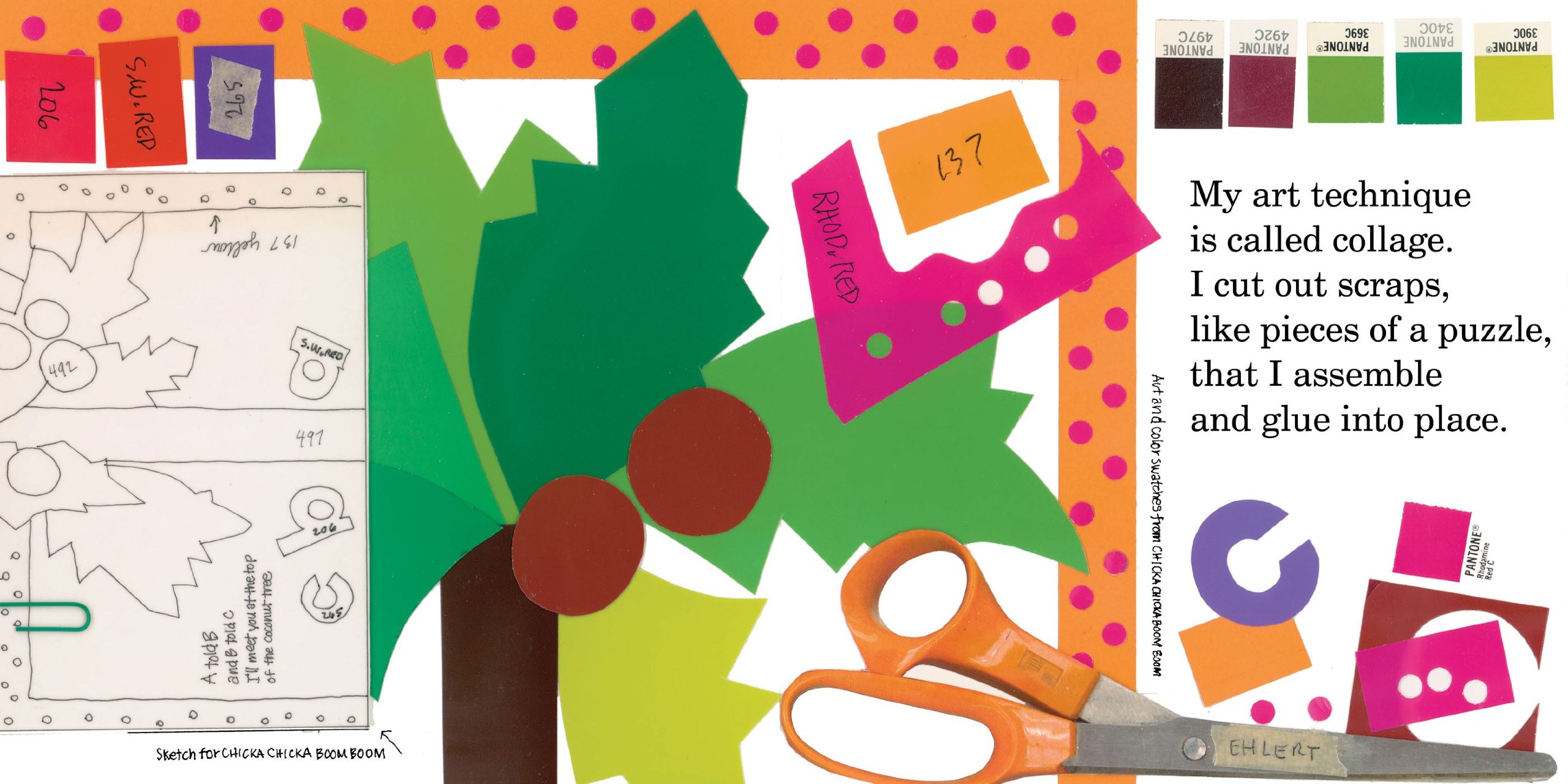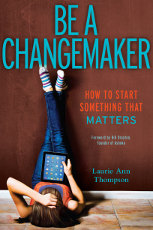Surviving Middle School: Navigating the Halls, Riding the Social Roller Coaster, and Unmasking the Real You
by Luke Reynolds
Aladdin/Beyond Words (July 5, 2016)
Ages 10–14
192 pages
Here’s what the publisher has to say:
In this hilarious guide full of honest, real-life experiences, veteran teacher Luke Reynolds skillfully and humorously shows kids how to not only survive, but thrive and even enjoy the wild adventure that is middle school.
Middle grade series like The Diary of a Wimpy Kid and Dork Diaries bring an authentic voice and vision to fiction about middle schoolers. Now, for the first time a nonfiction guide to middle school offers that same funny and relatable voice, while skillfully teaching life lessons to not just help kids find their footing during the tough years between elementary and high school, but to find the joy in their new adventures and challenges.
Author and teacher Luke Reynolds uses irreverent humor, genuine affection for middle schoolers, and authenticity that bubbles over as he ties real-life experiences from his own time in middle school to the experiences he has from his many years as a teacher.
Covering topics like bullying, peer pressure, grades, dealing with difficult parents, and love and romance, this rare book reaches kids at a deeper level during an age when they are often considered too young to appreciate it. Readers will learn to find their own voice, begin to explore their genuine identity, and definitely laugh out loud along the way.
And Kirkus said this:
While playful black-and-white cartoon illustrations and doodles add to the zaniness, the messages are worthy and clear: be yourself; practice empathy; work hard; hug your parents. A list of recommended books and movies is appended.For those approaching or in the scrum of middle school, a positive reminder that the perfect middle school experience does not exist. (Nonfiction. 10–14) (Kirkus Reviews 4/15/16)
I’ll just add…
Oh, how I wish I’d had this book when I was entering middle school… or high school, or college, or my 20s or 30s! There are a lot of valuable life lessons crammed into this little volume, and you can call me a slow learner, but I didn’t figure most of this stuff out until I was well into adulthood. And, even now, I can still use some good reminders from time to time!
It’s not only filled with excellent advice, but it also has highly relatable anecdotes (for the tween set, anyway), interesting exercises to help personalize every lesson, and tons of middle-school humor, so it never comes off as dry or preachy. I think it has enough variety that it will appeal to all kinds of tween readers.
I believe this book should be required reading for tweens everywhere (and their teachers and parents!), and it would make an excellent gift, too!


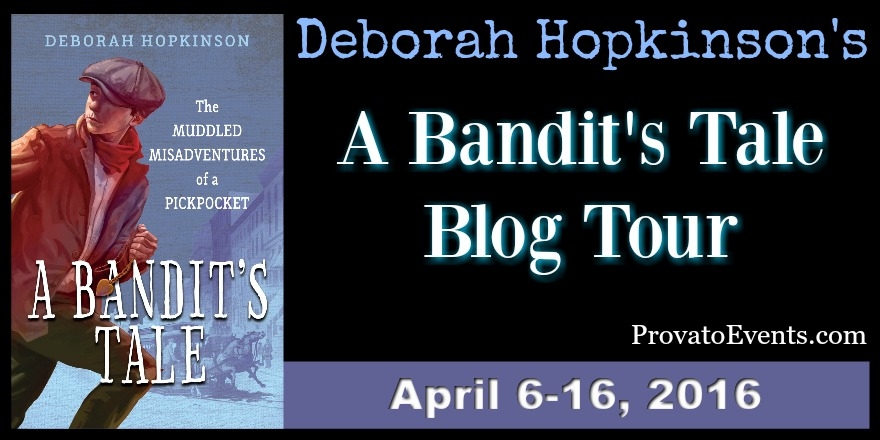
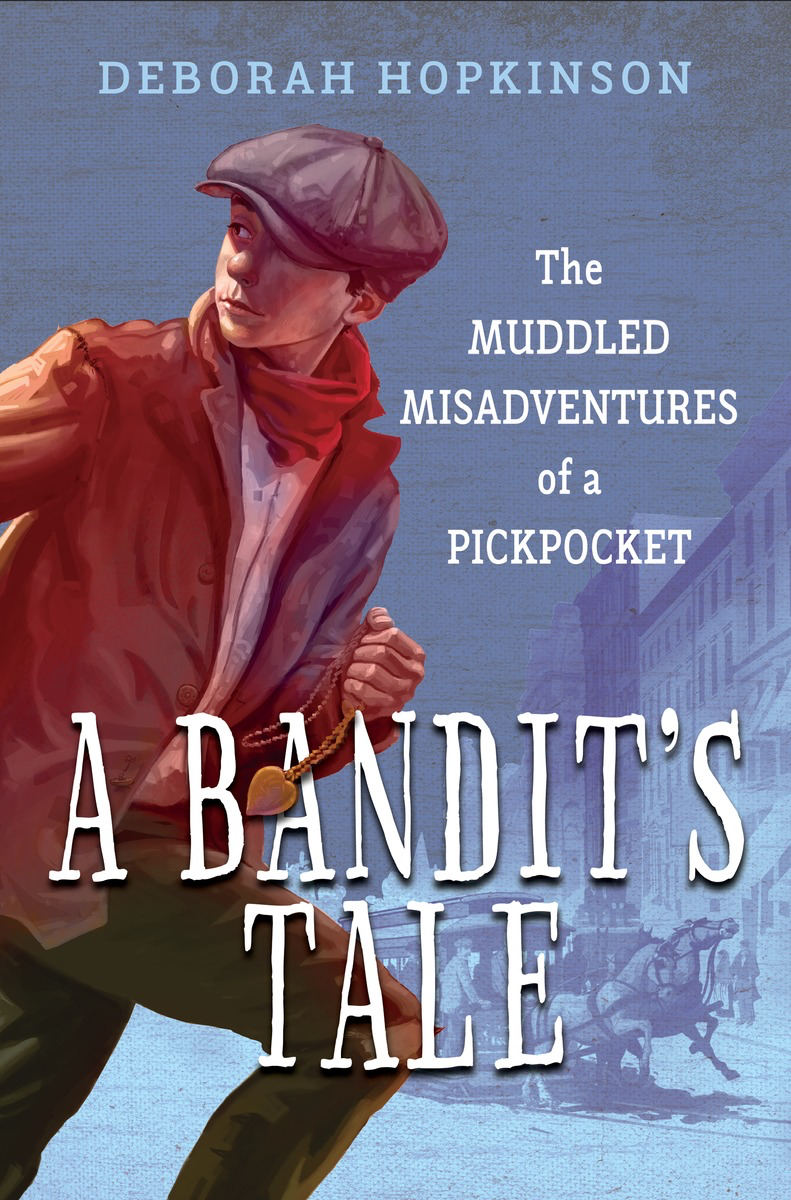
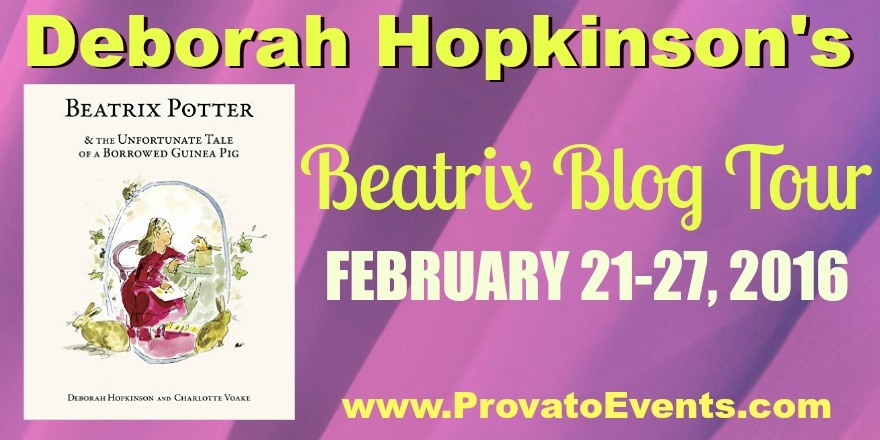

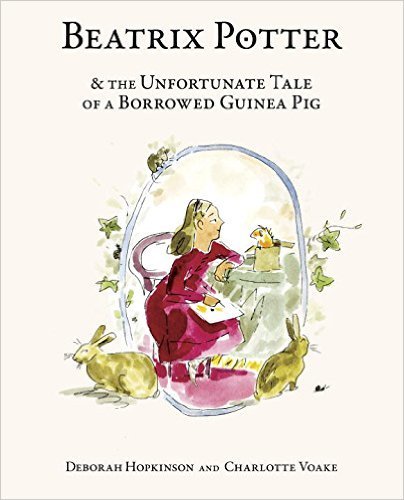
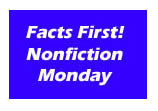
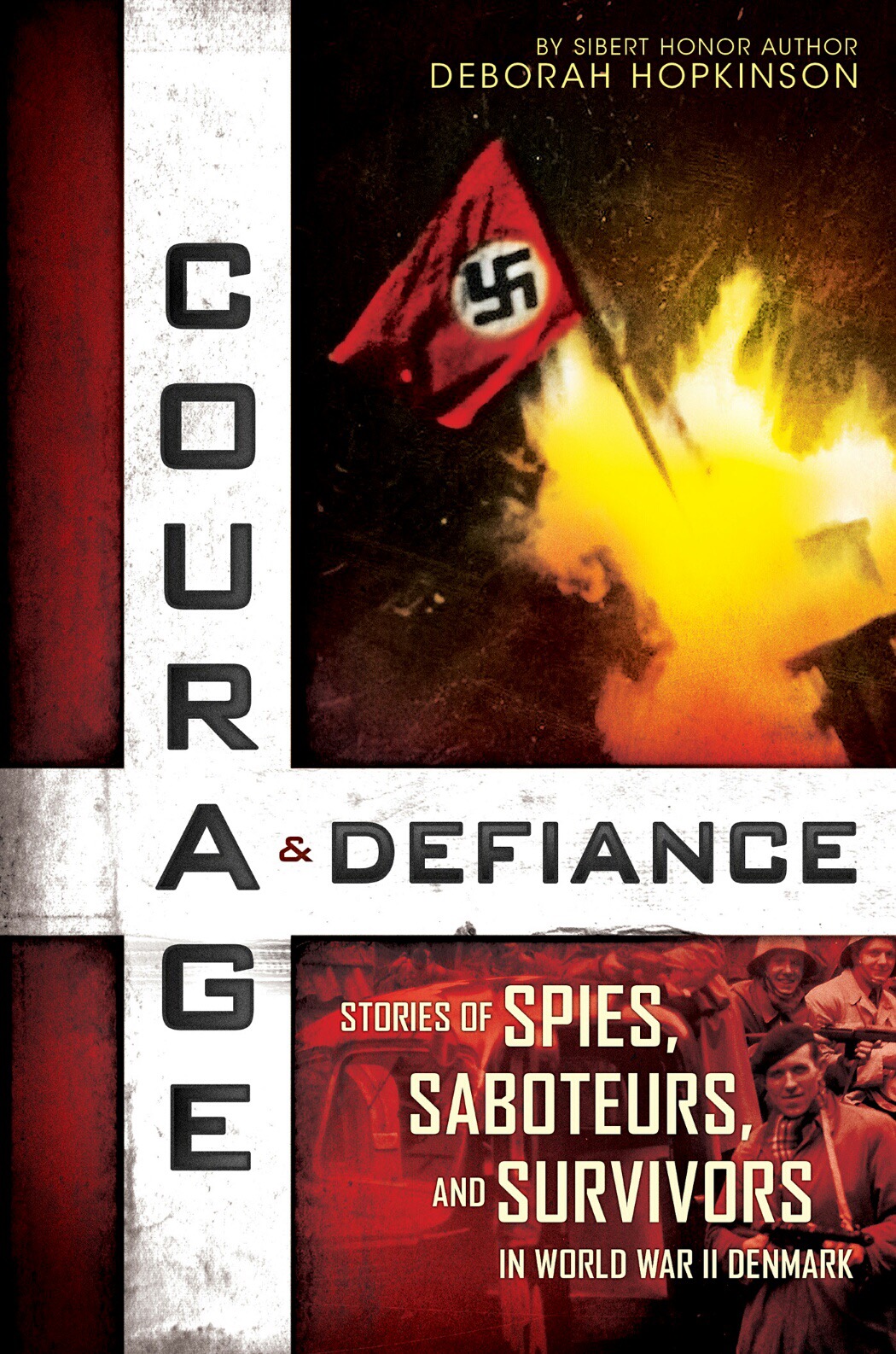




 ATTACK! BOSS! CHEAT CODE!
ATTACK! BOSS! CHEAT CODE!
